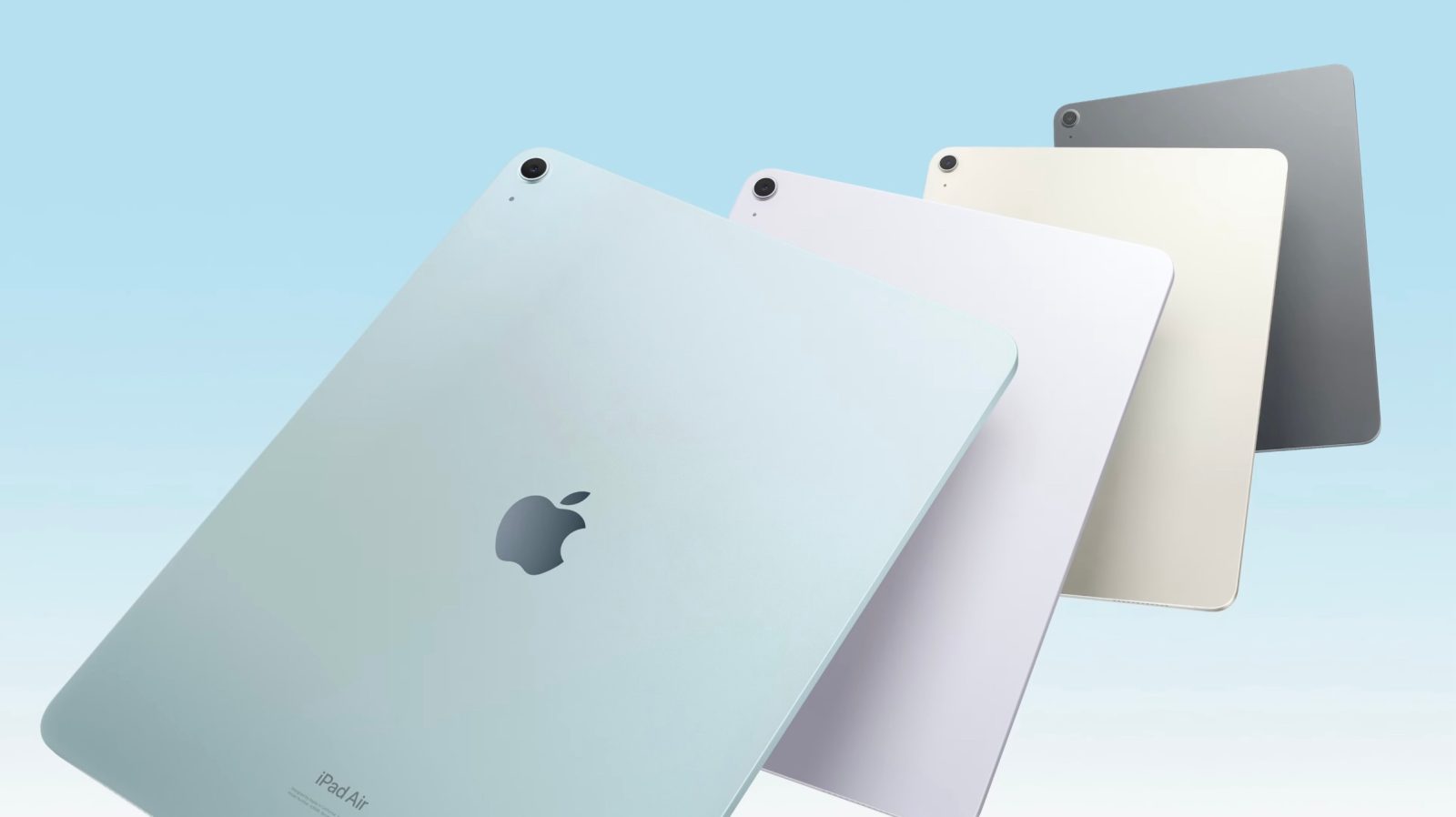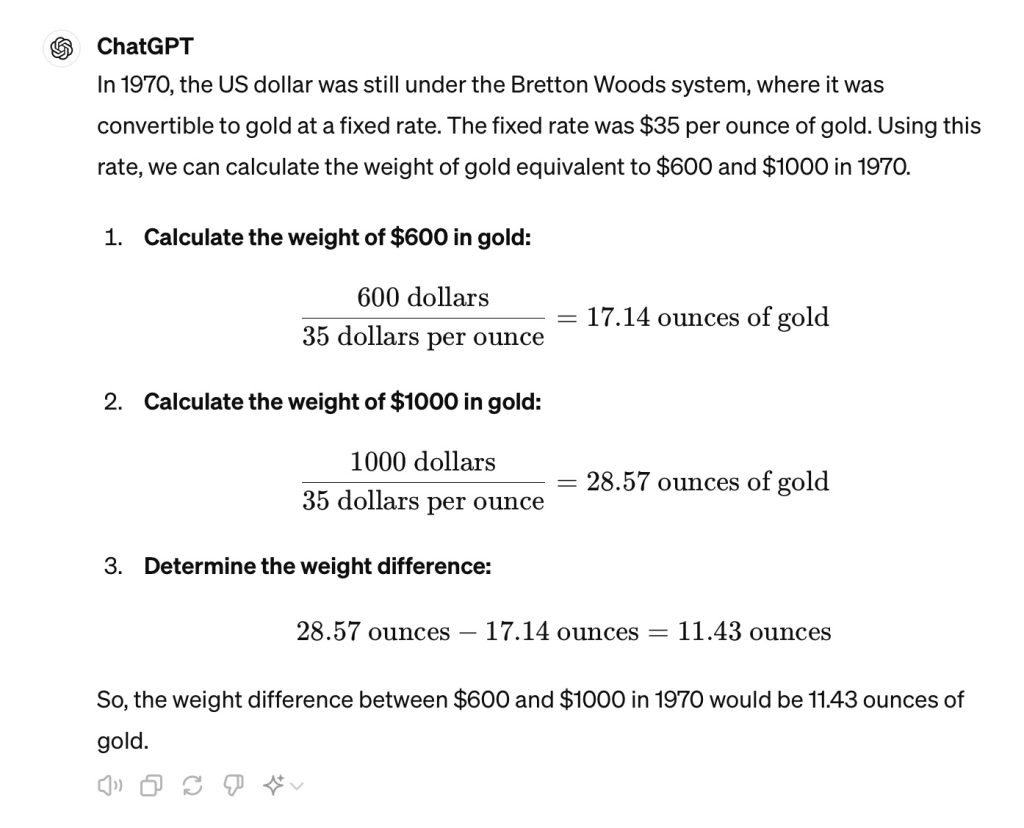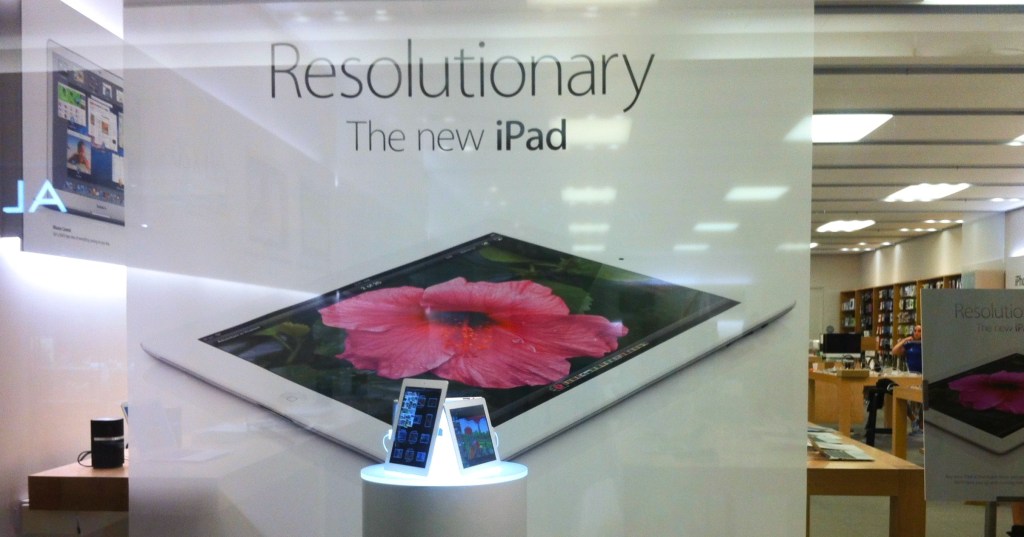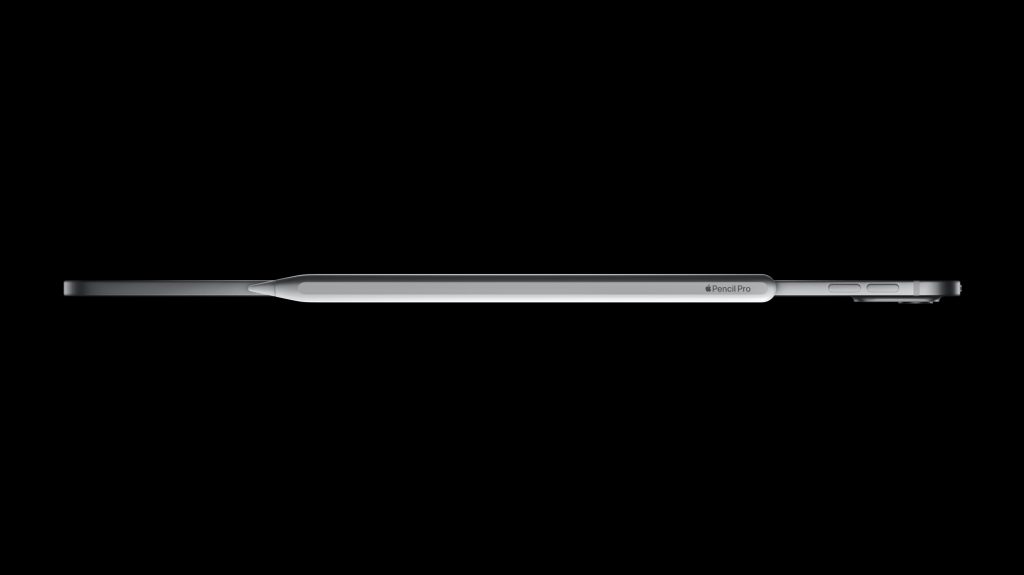
Remember when Apple discontinued the original HomePod and still sold the HomePod mini? The question at the time was “mini compared to what?” Apple later revived the HomePod with a second-gen model, restoring balance to the universe.
Now the iPad lineup is in a similar situation. Apple blasted the M4 iPad Pro with its Super Galactic Thinnifier 3000 Ray Gun, leaving the M2 iPad Air thicker than its pricier companion. In a world where Air means thin, the question is then “thin compared to what?”
The answer exists in the annals of etymology.
Blame the Mac
It turns out Air dates back to the ultra thin and light1 MacBook Air in 2008.
Things got weird when the MacBook Pro started thinning out more than I imagine Jony Ive’s interest in computer ports. Apple eventually had an epiphany and boldly decided that thickness and ports are actually a good fit for laptops called MacBook Pro.
There was one MacBook that really mucked up Apple’s naming convention and closely resembled today’s iPad situation.
Apple’s most innovative, most glorious, and most missed machine ever, 2015’s 12-inch Retina MacBook, came a bit of chaos. At just 2.03 pounds, it was smaller and lighter than the MacBook Air that it competed against. Meanwhile, the MacBook Air had half the storage, a quarter the screen resolution, and sold for a few hundred dollars less.
MacBook Air no longer meant the thinnest and lightest machine possible. It started to mean the most consumer friendly machine in Apple’s lineup. It makes some sense if you squint and hold your breath… wait, no, still lacks any fragment of logic.
Anyway, Apple rectified the situation by called the 12-inch Retina MacBook the new MacBook Air, and the 13-inch MacBook Air became the standard MacBook. Kidding! Apple gave the MacBook Air a Retina resolution display, discontinued the 12-inch MacBook, and I’ve been crying under my desk ever since. Enough about me though…
Worth its weight in gold!
These days, MacBook Air means affordable, thin, and light compared to the MacBook Pro. iPad Air, on the other hand, means affordable, thicker, and heavier than the iPad Pro.
How does that make a lick of sense? Well, let’s venture back to 1970 when the U.S. dollar was still backed by gold under the Bretton Woods system, where it was convertible to gold at a fixed rate of $35 per ounce. ChatGPT, take it away!

So there we have it. “Air” as the product modifier to signal cheaper literally calls back to as recently as 1971, the last year the Bretton Woods system was in use. I don’t know why Joz didn’t just say that when asked about the meaning of Air recently.
Don’t believe me? Take it up with OpenAI. Unlike ChatGPT sometimes, I don’t make the facts! What? Not convinced? Fine, I’ll provide another explanation.
iPad Air roots
The original iPad in 2010 was the thinnest, lightest, and most affordable iPad ever. Then the iPad 2 debuted in 2011 with an even thinner and lighter design with the same great $499 starting price.
In 2012, Jony Ive misplaced his key card to the design lab and Apple made the iPad thicker and heavier while Jony was blaming Scott Forstall2 for hiding his wallet. The third-gen iPad, the first with a Retina resolution screen, was the best iPad ever released in 2012 until the fourth-gen iPad was released later that year. Weird times.
Anyway, the iPad 3 from March 2012 was a hot and thick tank of a tablet. Apple updated the flagship model to the iPad 4 in November 2012, switching the 30-pin connector to Lightning and replacing the A5X chip with a more efficient A6X chip.

While cooler to touch and more powerful with processing and graphics prowess, the iPad 4 was still heftier than the iPad 2. Meanwhile, the original iPad mini snuck onto the market to compete with Amazon’s Kindle Fire Android tablets—at least in size and weight3
By 2013, Jony found his way back into the design lab4 and cranked out a 9.7-inch version of the 7.9-inch iPad mini. Apple called it the iPad Air, and anyone who handled the iPad 3 or iPad 4 (or any prior iPad for that matter) knew exactly why. The original iPad Air was impossibly thin and light compared to even the iPad 2, and it carried the same great $499 starting price.
In 2014, Apple cranked out the even thinner and lighter iPad Air 2.
The shape (and price) of things to come
Things started to change in 2015. That’s when Apple introduced the original 12.9-inch iPad Pro. Of course the smaller iPad Air 2 was lighter! This also marked the start of the $499 model no longer the best iPad to buy.
At this point, Apple effectively made the cost of the one true new iPad more than $500 going forward.
The iPad Air has existed in one form or another since then, but it hasn’t really kept its original meaning of the thinnest and lightest model. Still, Air objectively references a departure from the beefy tablets that were the iPad 3 and iPad 4—even if they’re heavier and thicker than the same size iPad Pro.
As much as “Air” feels like a marketing gaffe these days, I think it’s particularly clever how Apple has continued to increase generation numbers for the no modifier iPad and iPad Air.
On paper, this treats the iPad and iPad Air as if they’re distinctly different iPads that have continued to be updated over the years. In reality, Apple has sort of appropriated these product names to signal tiers under the flagship iPad.
Conclusion
In my view, iPad Pro is the natural continuation of the original iPad in 2010. So was the iPad Air and iPad Air 2.
Since adding a larger screen and calling it iPad Pro, Apple has recycled the original iPad product names for arguably older generation iPads that it continues to sell. iPad and iPad Air today are sort of like buying an iPad 1 or iPad 4 when the iPad Air 2 was new.

That’s my view anyway. I recognize that it’s complex, nuanced, and takes too many words to explain. That’s probably why Joz just says Air means previous generation Pro hardware in a more affordable package. But for anyone who cares about the truth!!shift+1!!, you have my take. The one true take, if you will.
- Three pounds is hardly considered light a decade and a half later. ↩︎
- I think I have my facts straight here. ↩︎
- Amazon basically paid you to buy 6-packs of its cheap, plastic tablets while Apple sold the actually usable iPad mini with tablet-optimized apps for a reasonable price. ↩︎
- By all accounts, Jony worked in an empty white void for inspiration. ↩︎
Follow Zac: Twitter X, Threads, Instagram
FTC: We use income earning auto affiliate links. More.




